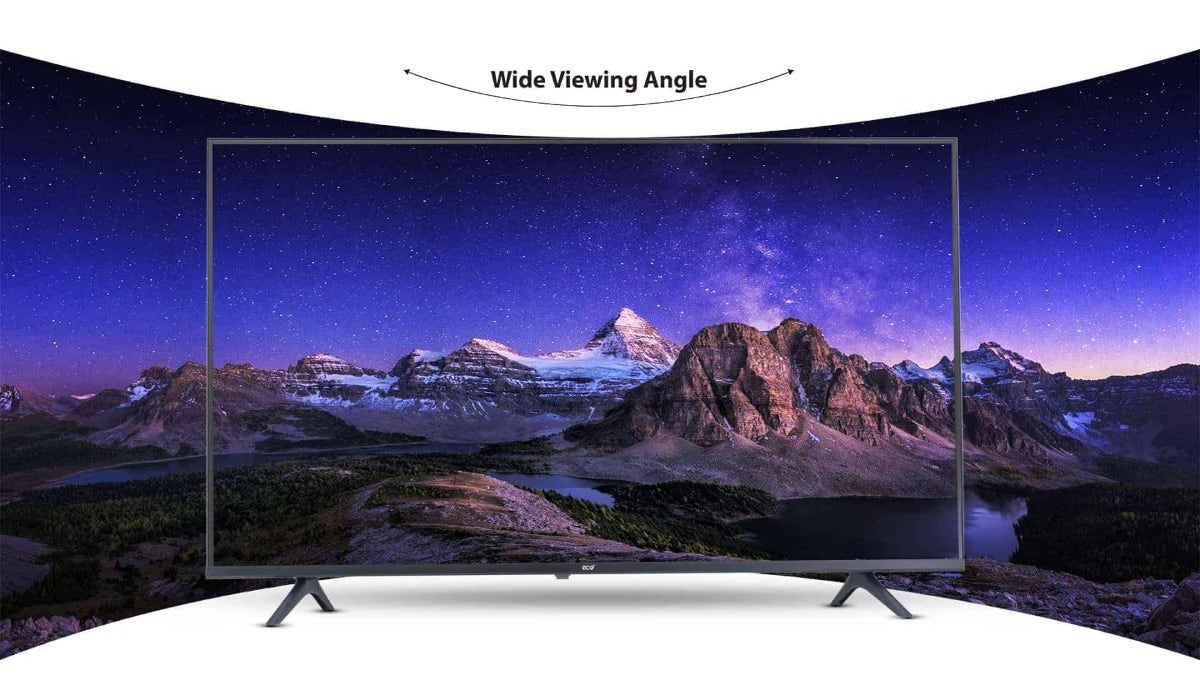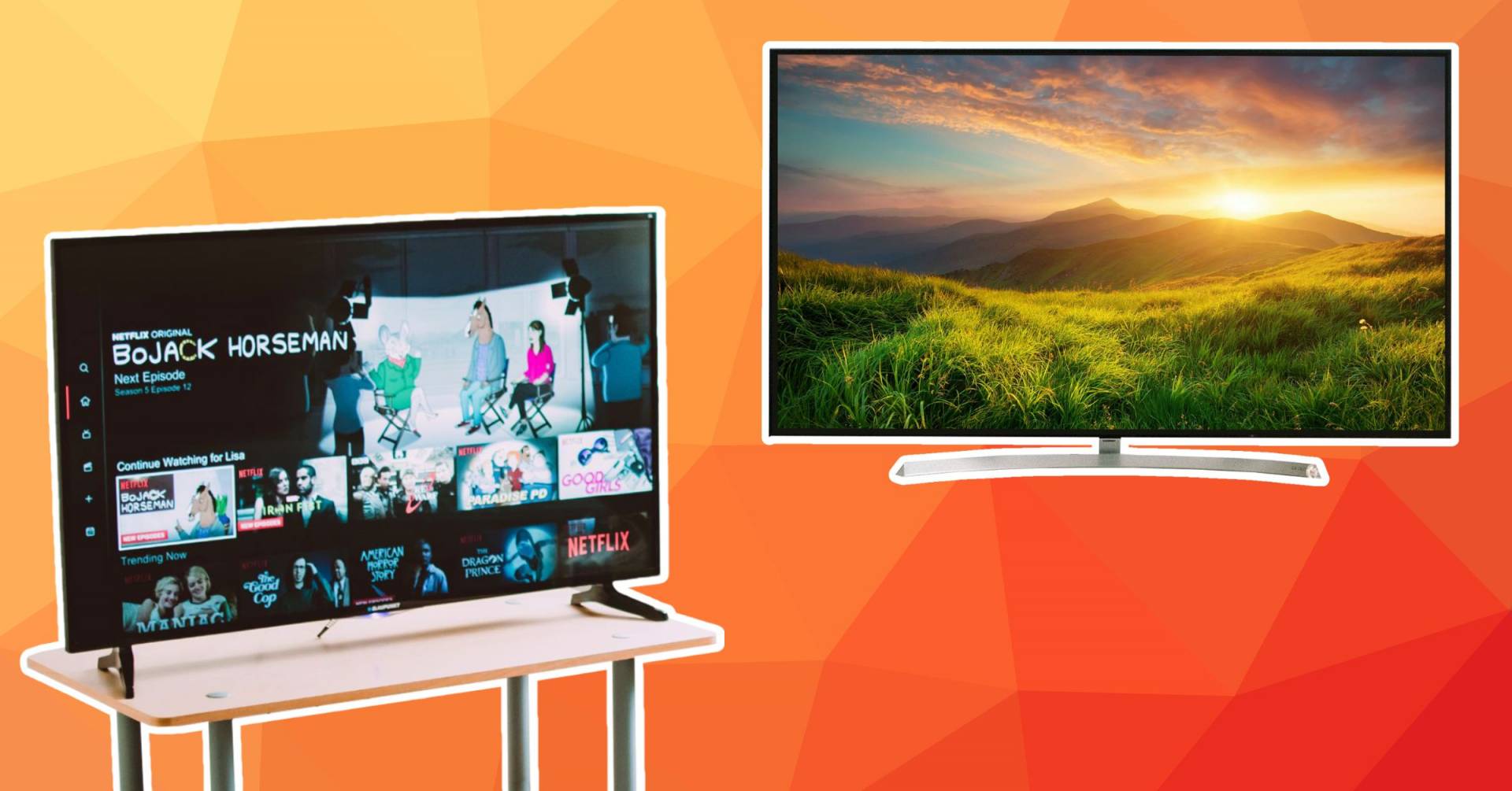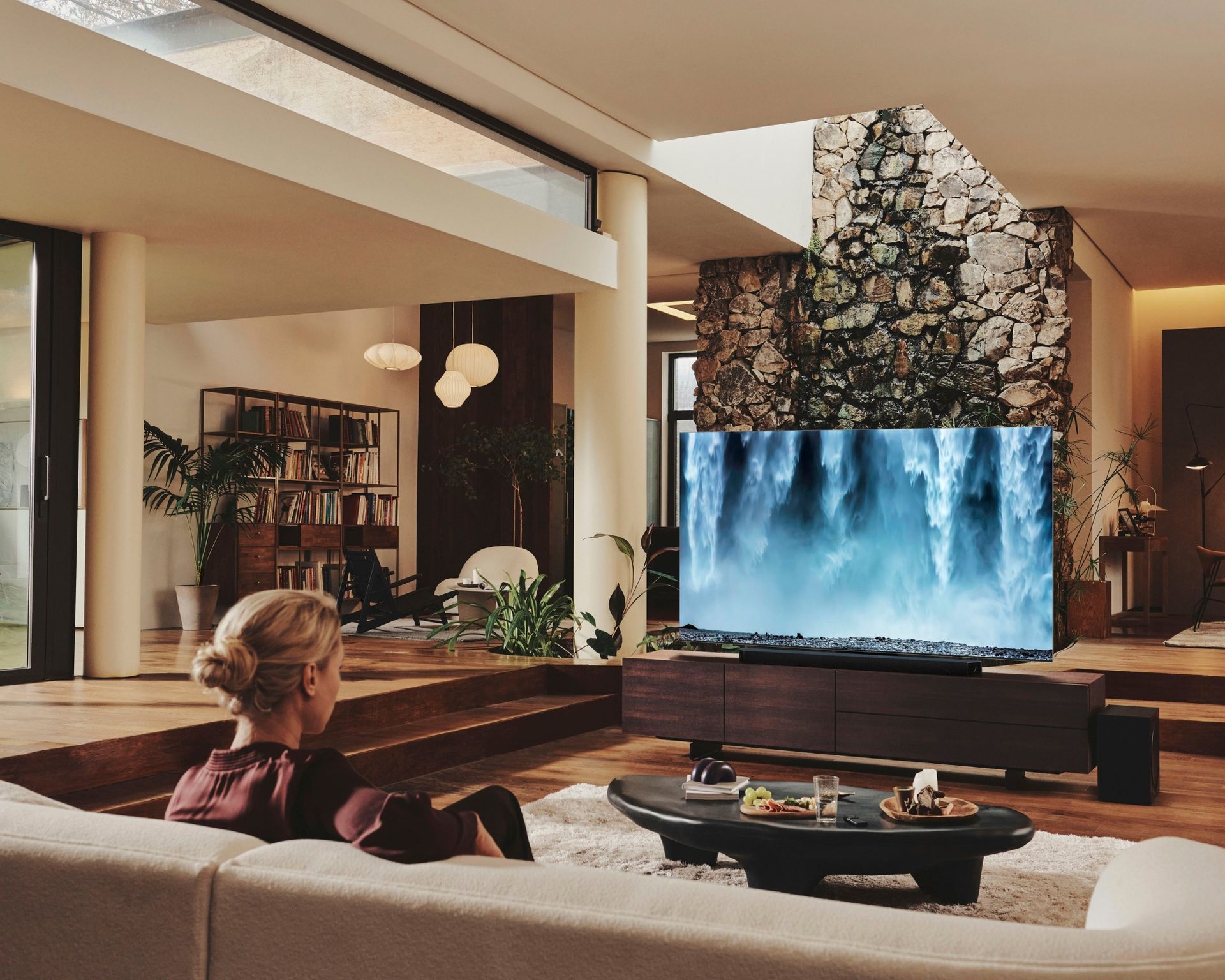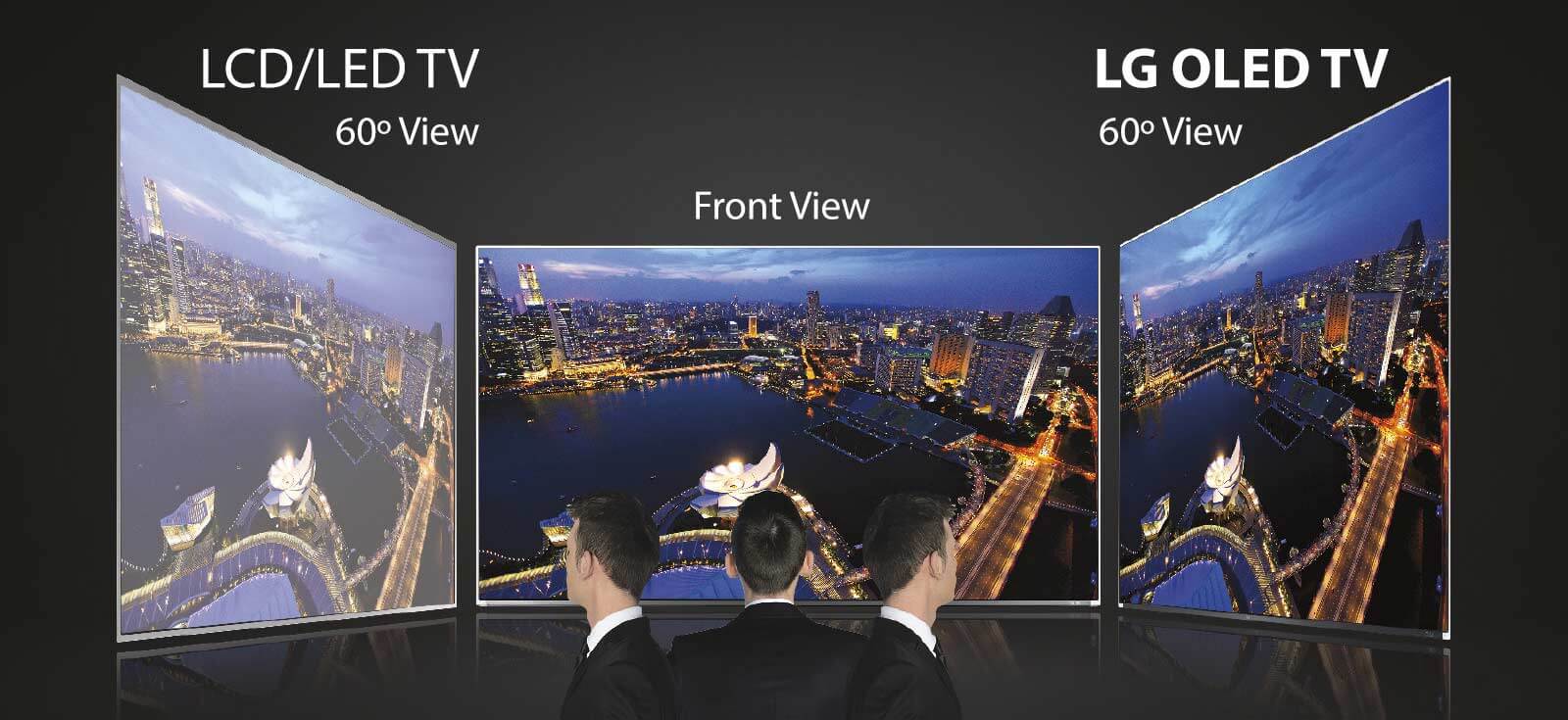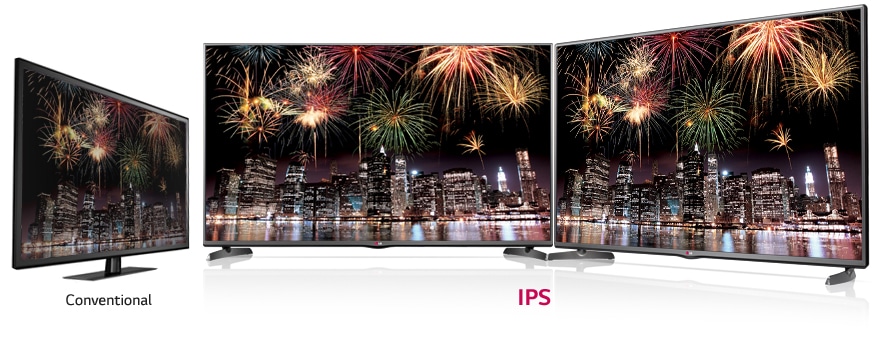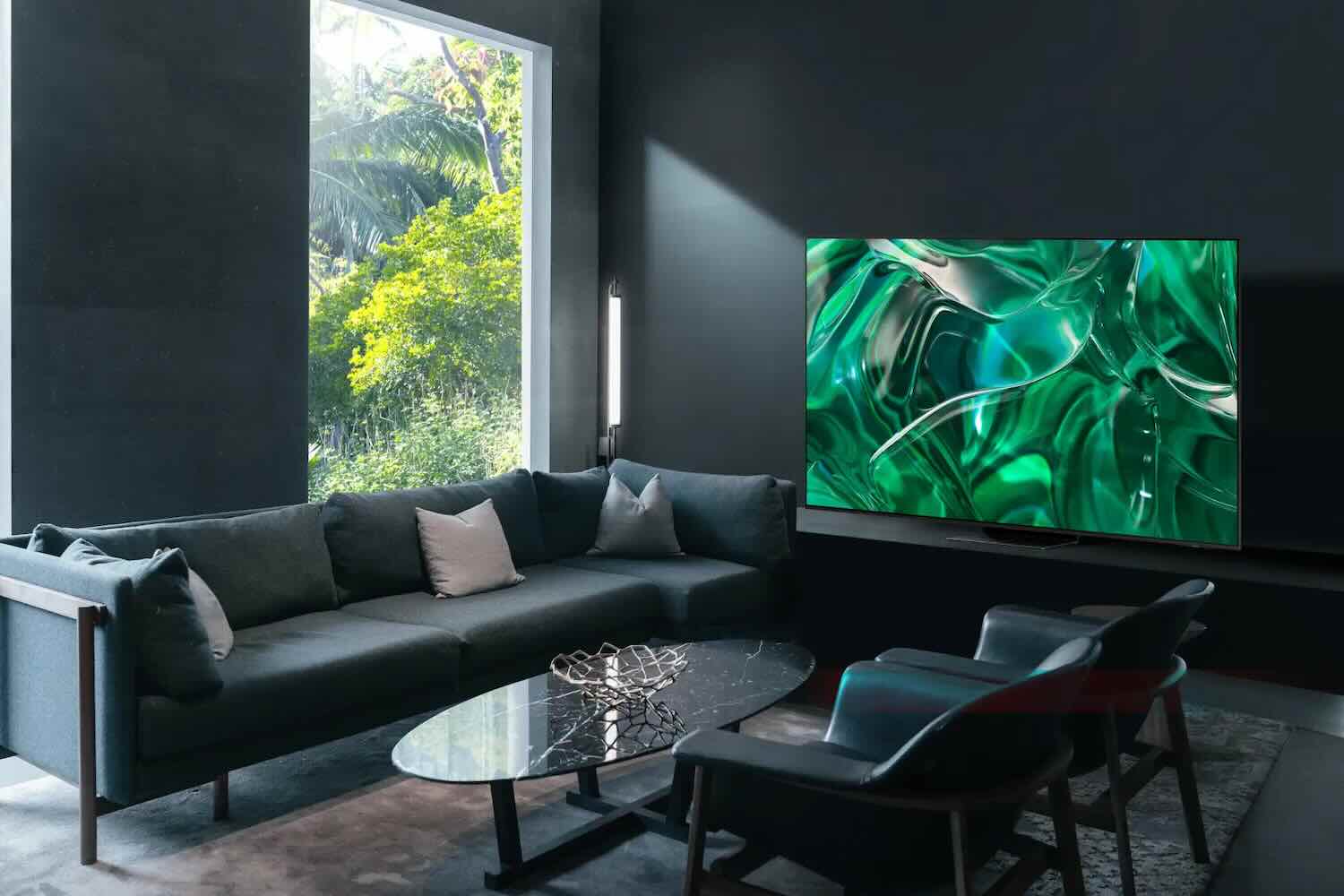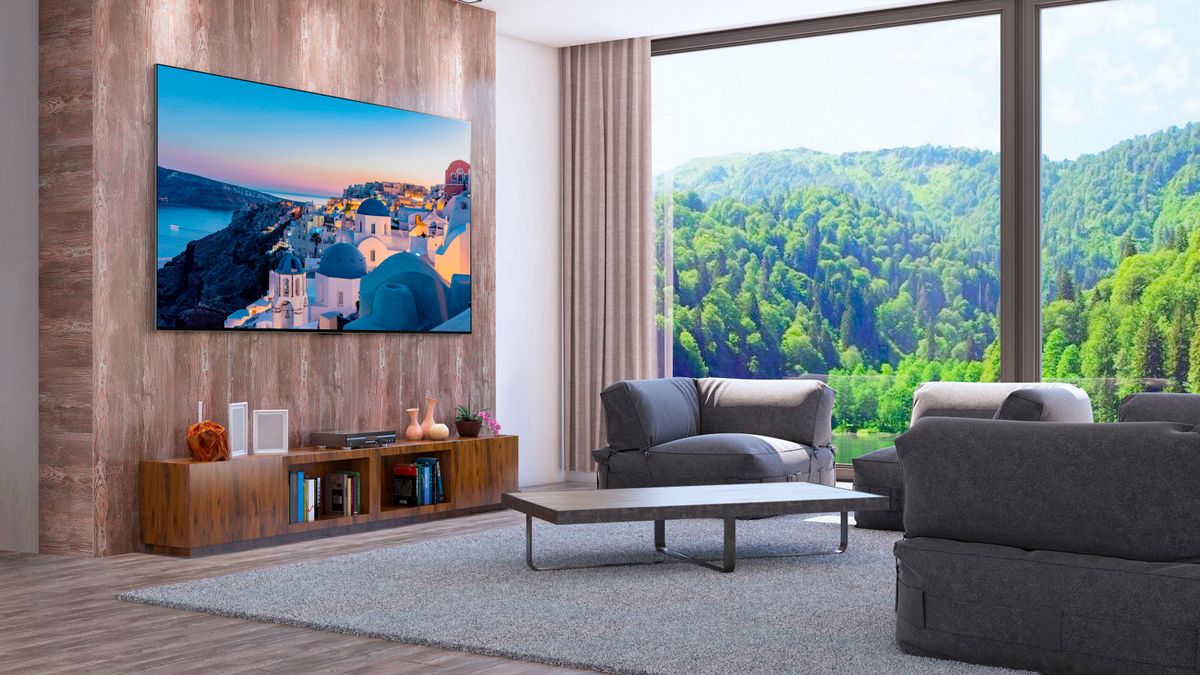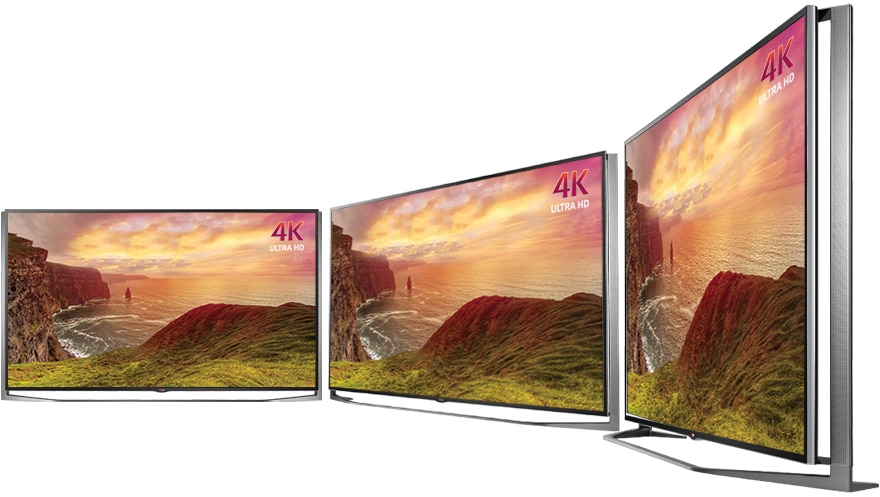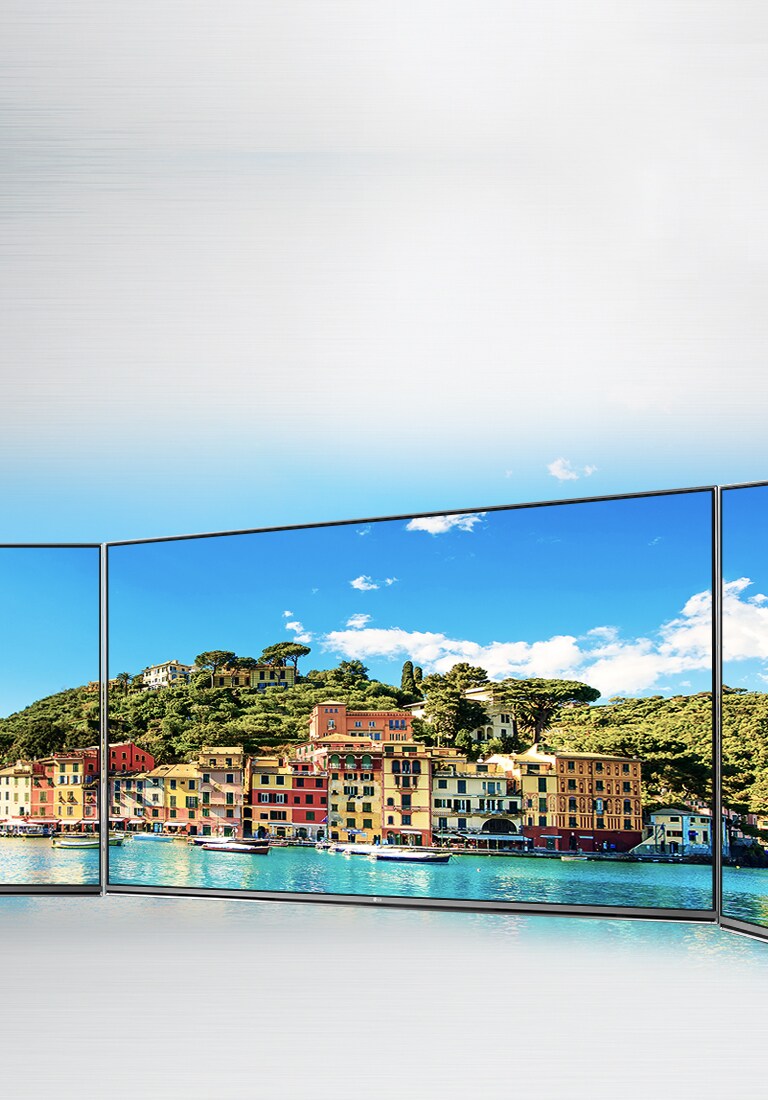Best Led Tv For Wide Angle Viewing

Tired of fighting for the "sweet spot" in front of your TV? Want everyone in the room to enjoy the same vibrant picture, no matter where they're sitting? You're not alone. This guide is for first-time TV buyers, specifically those prioritizing wide viewing angles.
We'll cut through the jargon and marketing hype to find the best LED TVs that deliver consistent picture quality, even when viewed from the sides. We'll investigate the tech, compare models, and provide practical tips to help you choose the perfect TV for your living room.
Why Wide Viewing Angle Matters
Many TVs, especially those with VA (Vertical Alignment) panels, suffer from color shifting and contrast loss when viewed from off-center. This means the picture looks washed out or distorted for anyone not sitting directly in front of the screen.
Wide viewing angle TVs, on the other hand, use technologies like IPS (In-Plane Switching) panels or specialized filters to maintain picture quality across a wider viewing area. This is essential for larger rooms or when you frequently have multiple viewers.
Top 5 LED TVs for Wide Angle Viewing
| Model | Price (USD, approx.) | Screen Size (inches) | Panel Type | Resolution | Warranty (Years) |
|---|---|---|---|---|---|
| LG NanoCell 85 Series | $900 | 55 | IPS | 4K UHD | 1 |
| Sony X90J | $1100 | 55 | VA with X-Wide Angle | 4K UHD | 1 |
| Samsung Q80A | $1000 | 55 | VA with Ultra Viewing Angle | 4K UHD | 1 |
| TCL 6-Series (R646) | $700 | 55 | Mini-LED QLED with Wide Angle Layer | 4K UHD | 1 |
| Hisense U8G | $800 | 55 | ULED with Wide Viewing Angle | 4K UHD | 1 |
Detailed Reviews
LG NanoCell 85 Series
The LG NanoCell 85 Series offers excellent wide viewing angles thanks to its IPS panel. Colors remain vibrant and accurate, even when viewed from extreme angles. The picture processing is also top-notch, delivering a smooth and detailed image.
However, the contrast ratio isn't as strong as some VA panel TVs, which can result in less impressive blacks. This is especially noticeable in dark scenes.
Sony X90J
The Sony X90J stands out due to its impressive picture quality and Sony's proprietary X-Wide Angle technology. This allows for wide viewing angles without sacrificing the deep blacks and high contrast that VA panels are known for. It also comes with a powerful processor, leading to excellent upscaling and motion handling.
Its price point is higher compared to some competitors. The design might not appeal to everyone.
Samsung Q80A
The Samsung Q80A features Samsung's Ultra Viewing Angle technology, designed to improve off-axis viewing. It offers a good balance of picture quality, features, and price. The QLED technology provides vibrant colors and high brightness.
However, some users have reported blooming around bright objects, which can be distracting. Its color accuracy is not as high as Sony or LG.
TCL 6-Series (R646)
The TCL 6-Series (R646) is a standout for its excellent value. It combines Mini-LED backlighting with QLED technology and a wide angle layer, delivering impressive picture quality and wide viewing angles at a competitive price. Its Google TV interface is also user-friendly.
It is not as refined as the offerings from Sony or LG. The motion handling can be improved.
Hisense U8G
The Hisense U8G offers a compelling combination of features and performance for the price. It boasts ULED technology and a wide viewing angle, providing vibrant colors, high brightness, and good off-axis viewing. Its Android TV platform is also feature-rich.
It lacks the processing power of more expensive models. Its build quality is not as high as other brands.
Used vs. New: Pros and Cons
New TVs offer the latest technology, full warranties, and peace of mind. You get the most recent features and avoid potential wear and tear.
However, used TVs can save you money, sometimes significantly. But, you risk buying a TV with hidden problems or a shortened lifespan, and you'll likely miss out on the newest features.
Consider your budget and risk tolerance when deciding between used and new. If you choose used, thoroughly inspect the TV before buying and ask about its history.
Reliability Ratings by Brand
LG and Sony are generally considered to be among the most reliable TV brands. They have a good track record for durability and customer satisfaction.
Samsung is also a popular and reliable brand, though some models have had reported issues with certain components. TCL and Hisense offer excellent value, but their reliability ratings are generally lower than LG or Sony.
Always read customer reviews and consider extended warranties to protect your investment, regardless of the brand you choose.
Checklist: 5 Must-Check Features Before Buying
- Panel Type: Look for IPS panels or VA panels with wide viewing angle technology (e.g., X-Wide Angle, Ultra Viewing Angle).
- Resolution: 4K UHD is the current standard for sharp, detailed images.
- HDR Support: High Dynamic Range (HDR) enhances contrast and color accuracy.
- Smart TV Platform: Choose a platform you're comfortable with (e.g., Google TV, Roku TV, webOS).
- Connectivity: Ensure the TV has enough HDMI ports for your devices.
Summary
Choosing the best LED TV for wide angle viewing requires careful consideration of several factors, including panel type, viewing angles technology, resolution, HDR support, and smart TV platform. LG, Sony, Samsung, TCL, and Hisense all offer models with wide viewing angles, each with its own strengths and weaknesses.
Consider your budget, viewing habits, and desired features when making your decision. Evaluate all the points mentioned in this article to decide the best TV for you.
Call to Action
Ready to upgrade your viewing experience? Visit your local electronics store or browse online retailers to explore the models discussed in this guide. Don't hesitate to compare, test, and read reviews to find the perfect TV for your needs and enjoy a fantastic viewing experience from any seat in the room!


